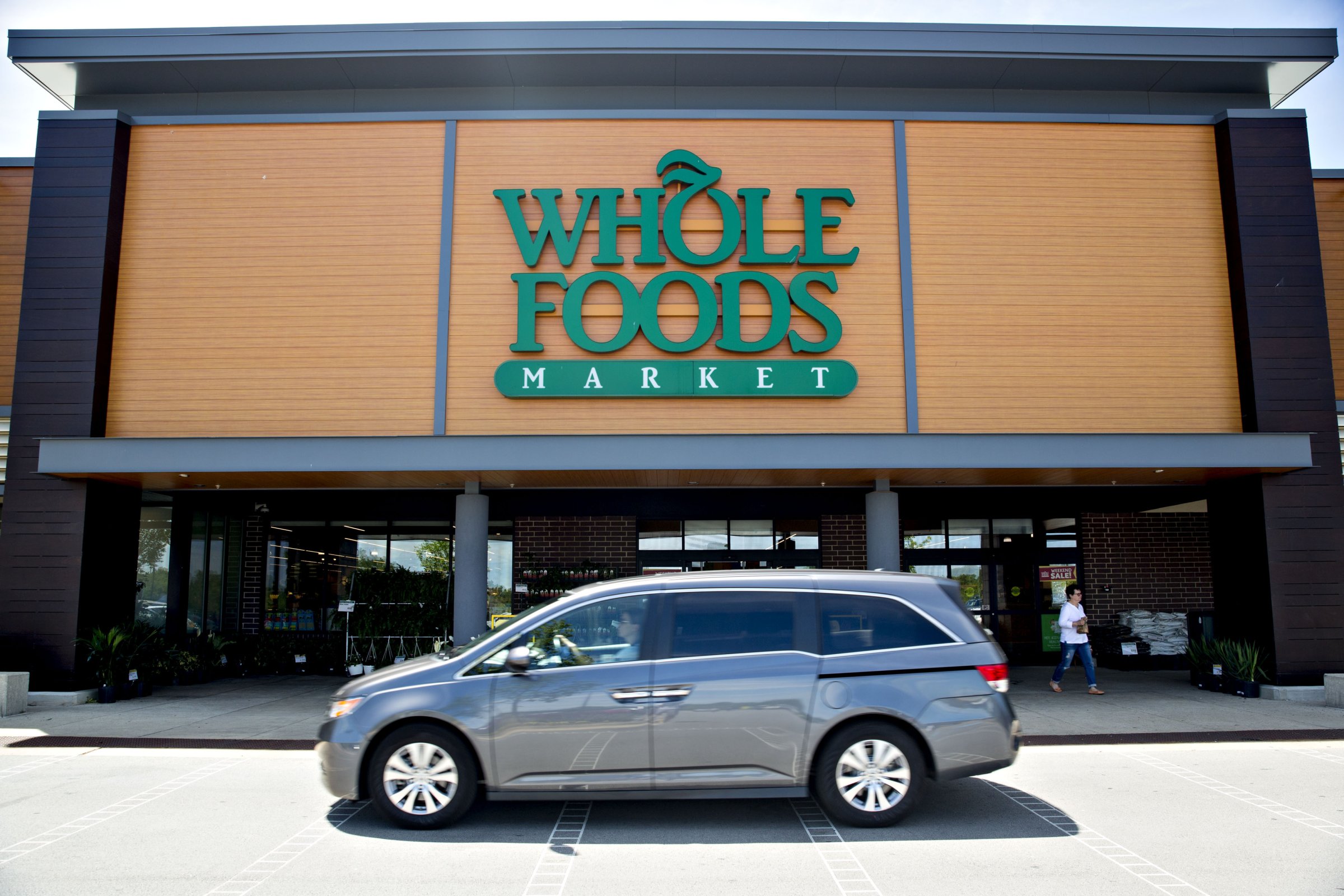
Amazon announced on June 16 that it will acquire upscale supermarket chain Whole Foods for $13.7 billion. Here’s why the deal makes sense for the online giant:
BIGGER RETAIL FOOTPRINT
Last year the Seattle-based retailer–known mostly for online shopping–announced plans to unveil a mobile-checkout-based grocery store in Seattle, and it has opened bookstores in cities such as New York and Chicago. By acquiring Whole Foods, Amazon gains some 465 physical stores to build out its vision for the future of retail.
FASTER DELIVERY
Amazon’s Prime Now service promises to deliver certain products, ranging from paper towels to electronics, in an hour or less by sourcing them from 70 local fulfillment centers. With its purchase of Whole Foods and the hundreds of grocery stores it operates, Amazon has an opportunity to expand the products it can deliver under Prime Now.
BETTER GROCERY SELECTION
Adding Whole Foods’ selection of items to its AmazonFresh grocery-delivery service could give the company an advantage against Peapod, FreshDirect and Google, whose Express delivery service now reaches almost 90% of the U.S.
STRONGER HOME PRESENCE
Amazon already sells buttons you can press to magically reorder household items, wands you can wave over a product’s barcode to add it to your shopping list and more. All these gadgets act as clever ways to point consumers to Amazon’s online megastore; the addition of Whole Foods groceries only makes it more appealing.
ORGANIC
amazon
–LISA EADICICCO
More Must-Reads from TIME
- Cybersecurity Experts Are Sounding the Alarm on DOGE
- Meet the 2025 Women of the Year
- The Harsh Truth About Disability Inclusion
- Why Do More Young Adults Have Cancer?
- Colman Domingo Leads With Radical Love
- How to Get Better at Doing Things Alone
- Michelle Zauner Stares Down the Darkness
Contact us at letters@time.com